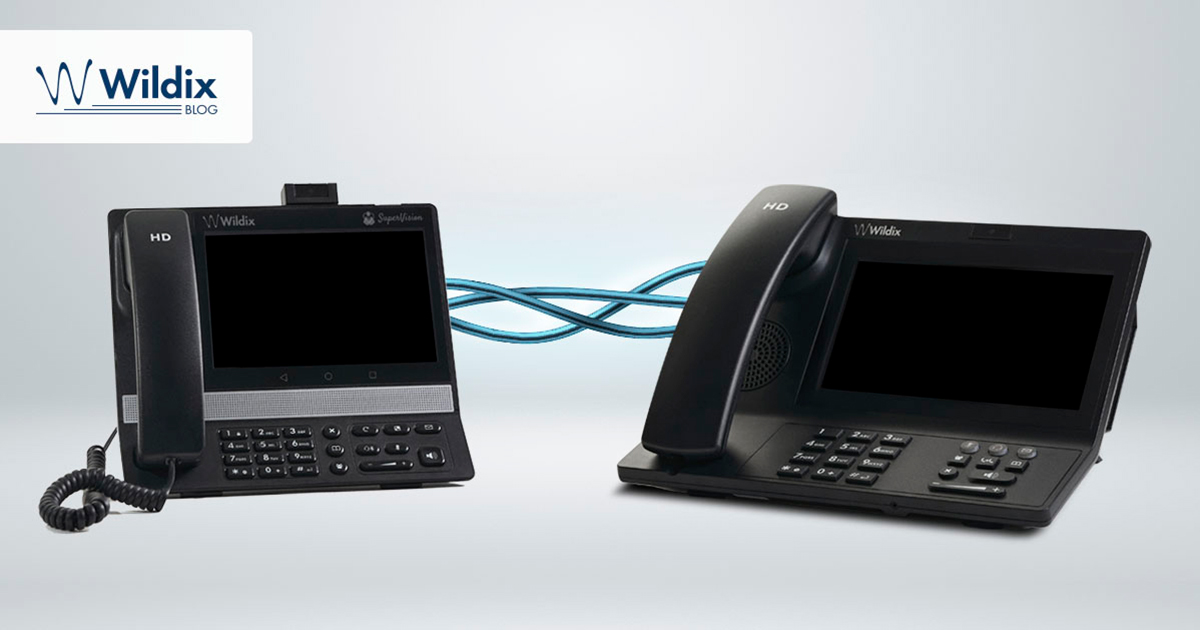
Moving phone numbers to a new service often feels like any other form of moving: long, tedious and slow. Much like changing houses or utility providers, getting a new telephony operator is often associated with too long a time spent waiting on progress — and, what’s worse, no ability to use your phone in that meantime.
Continue reading “Instant Virtual Porting: The Easy Way to Keep Your Phone Number”



